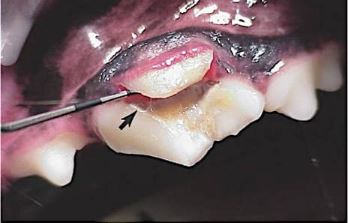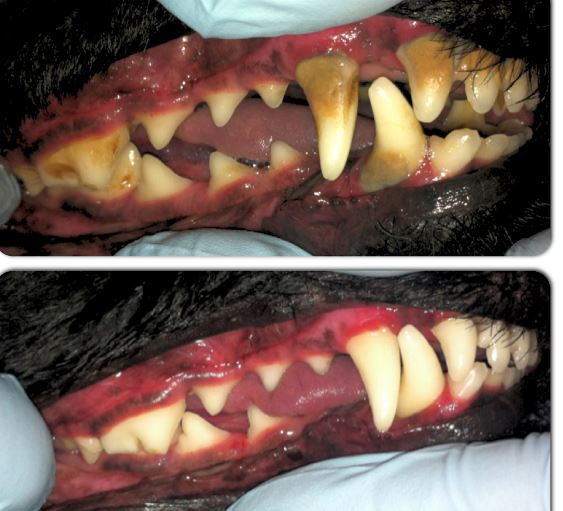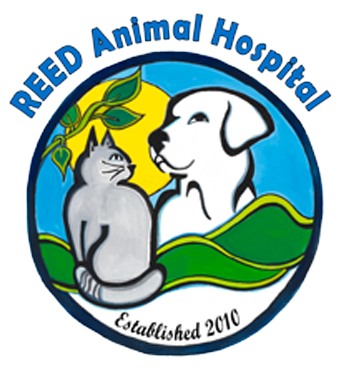Pet Dentistry with Anesthesia in Campbell & Saratoga, CA
Should anesthesia be used on my pet for dentistry?
In certain cases, to do a comprehensive evaluation and cleaning below the gumline of your pet, your pet must be anesthetized. Depending on the severity of your pet’s periodontal health, anesthesia free dentistry may not be enough when compared to a complete deep cleaning under anesthesia. A dental examination will determine if your pet has advanced periodontal disease or issues that will require anesthesia. Poor dental health can have serious effects on your pet’s quality of life and be extremely painful. Bacteria can travel from the mouth to organs such as the kidneys, liver and heart.
Important Pet Dental Facts:
- Over 80% of dogs over 3 years of age and 85% of cats over 4 years of age have some stage of periodontal disease?
*Signs of periodontal disease include: Bad breath, discoloration and/or build up on the teeth, redness of the gums, sensitivity of the mouth or face, bleeding from the gums or mouth, difficulty or decreased desire to chew, and more.*
- Small dogs are more prone to dental disease due to genetics * Especially certain breeds, like Chihuahuas, Dachshunds, Pugs, Miniature Poodles, and Yorkies.
- Veterinarians have found a correlation between heart, kidney, and liver disease in pets with severe periodontal disease *Regular dental care and a healthy mouth make for an overall healthier cat or dog.
- Domestic animals hide signs of pain or discomfort long after they feel it? Dental disease is a progressive disease, which gives our pets time to “adapt” and “deal with” the pain. By the time they start showing us, it usually means the teeth are too far gone to save and require surgical extraction.
*Facts provided by the AVMA and/or AVDC

When is Anesthesia Necessary?
- Complete dental examinations
- Dental X-rays
- Deep periodontal cleanings below the gumline
- Extraction of teeth
- To do a thorough examination of ligaments and bones connected to teeth.
Anesthesia is an important tool used in veterinary medicine, particularly when it comes to dental procedures. At Reed Animal Hospital, we understand the concerns and questions that pet owners may have about anesthesia and its necessity during certain treatments. In this article, we will dive into the reasons why anesthesia is necessary for some dental procedures and how our team ensures your pet’s safety.
One of the main reasons why anesthesia is necessary for dental procedures is to allow for a complete examination of your pet’s mouth. Just like humans, pets can develop common dental issues such as tartar buildup, gingivitis, and tooth decay that can only be properly diagnosed through a thorough oral exam. This includes checking for any abnormalities with their teeth, gums, and overall oral health.

What to Expect at Your Pet’s Dental Exam
- An examination of the mouth looking for bleeding, red, or swollen gums
- A visual check for broken, discolored, loose, or missing teeth, as well as gum recession
- A blood test for the safety of the animal to ensure that kidneys, liver, and heart function are satisfactory for anesthesia
Under general anesthesia
- A full tooth-by-tooth examination
- Cleaning and polishing under the gumline
- X-rays are performed
- Check of tonsils, tongue, lip margin, cheek tissue, TMJ joint, dog’s jaw, and enlargements or swollen lymph nodes.
- Extractions are done if necessary
Contact us today to learn more about Post-examination care instructions.
We Treat Your Pet as if They Were Our Own
